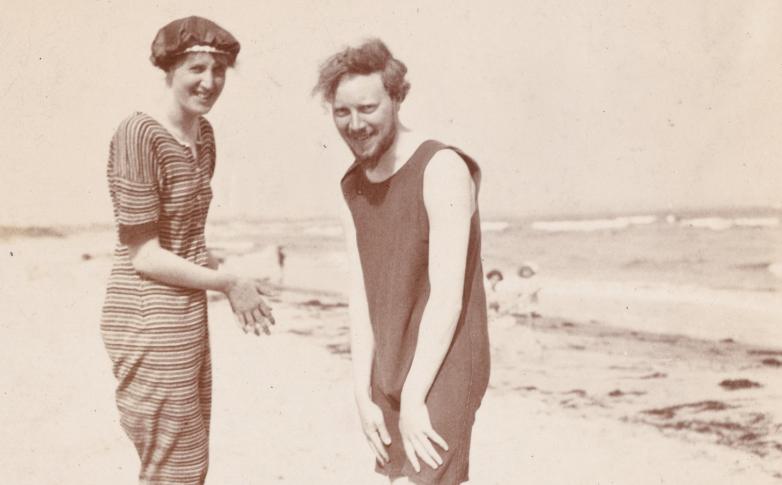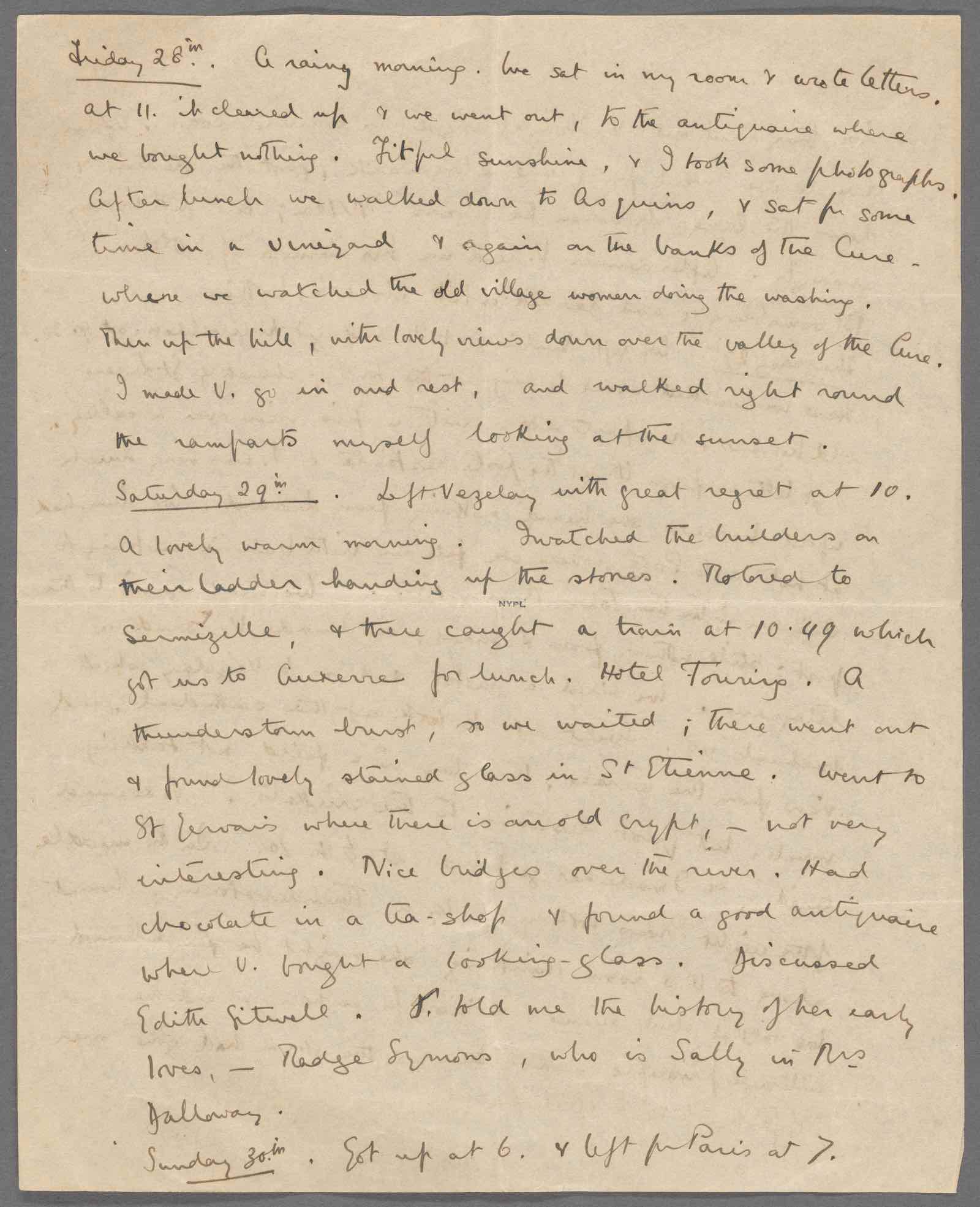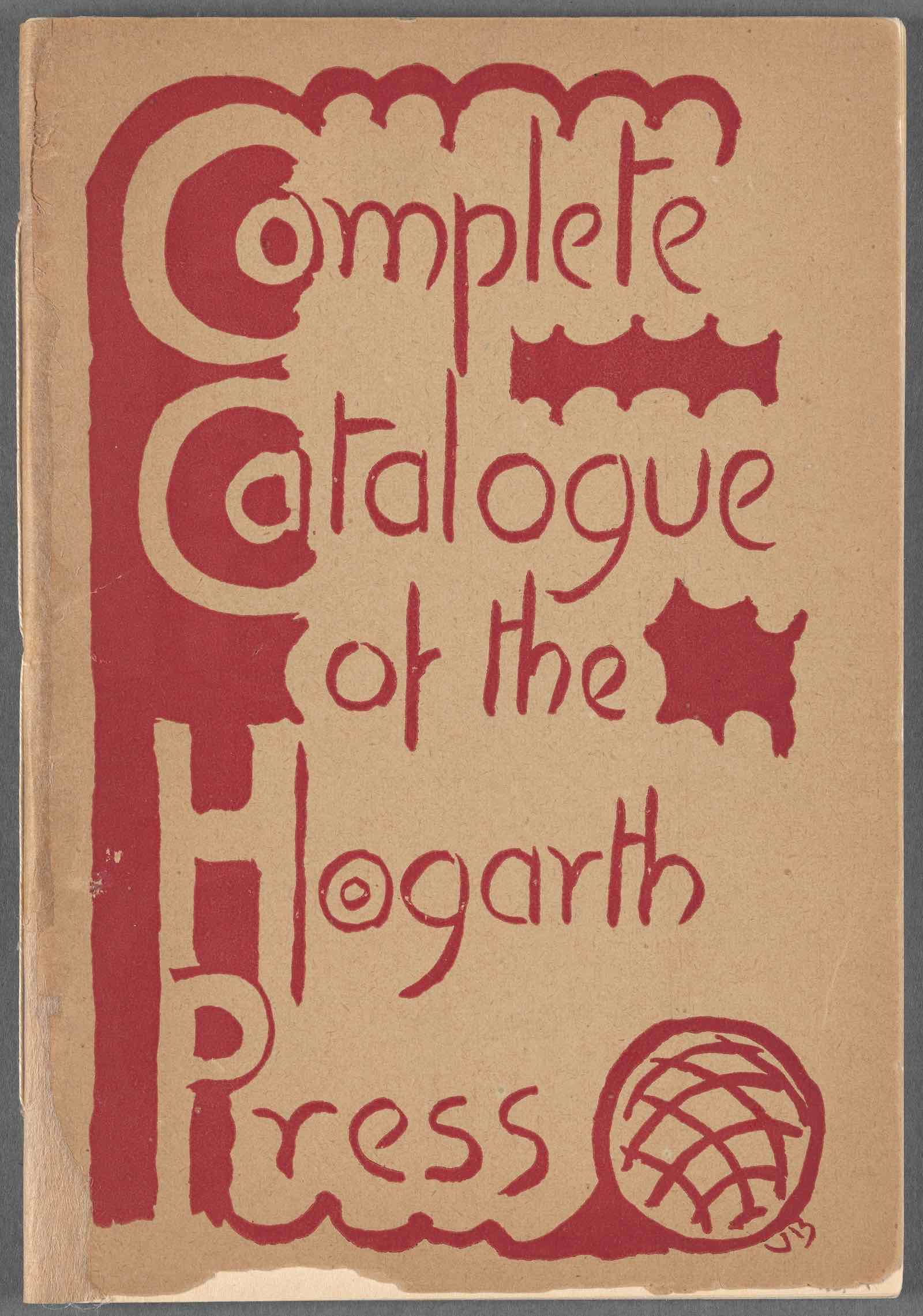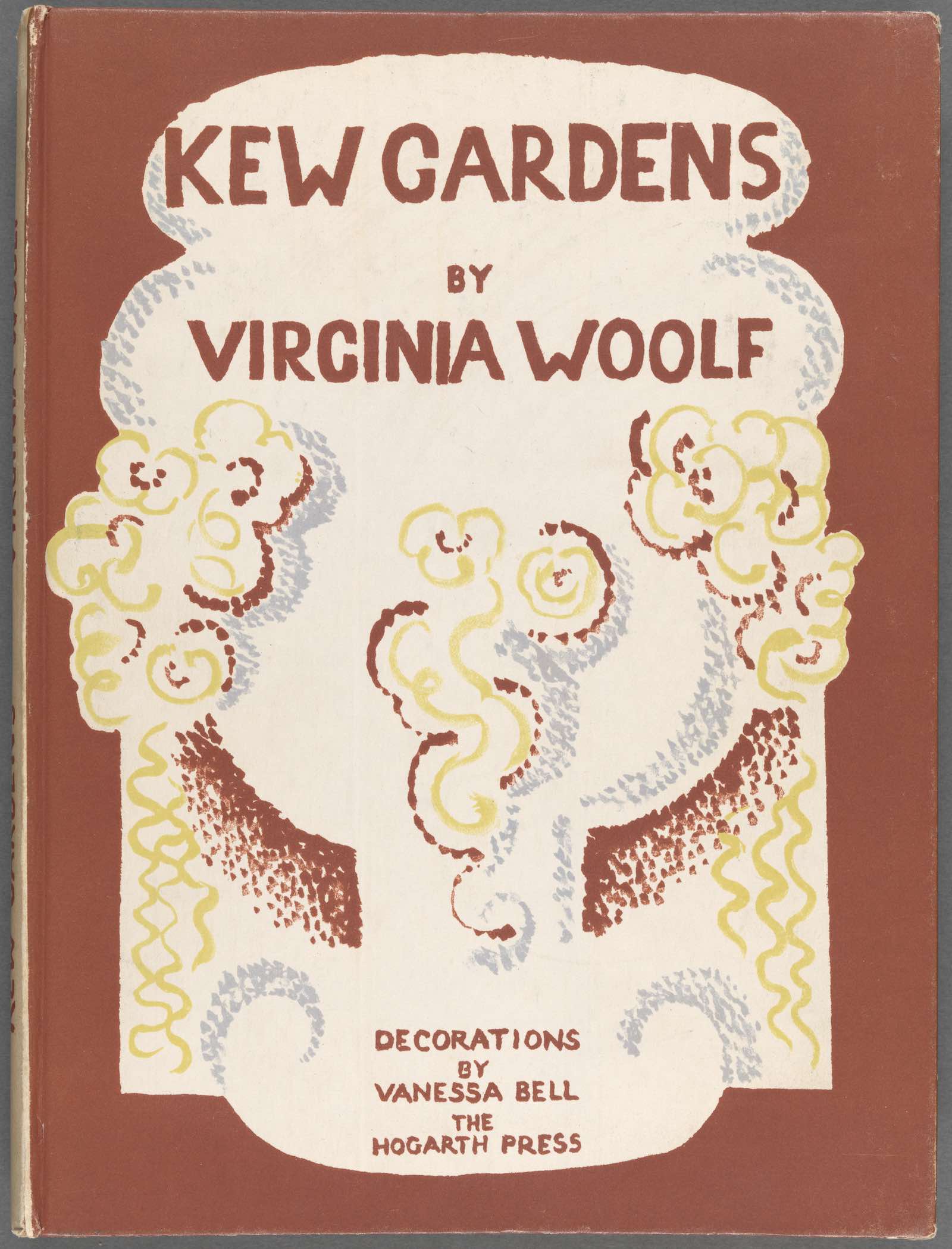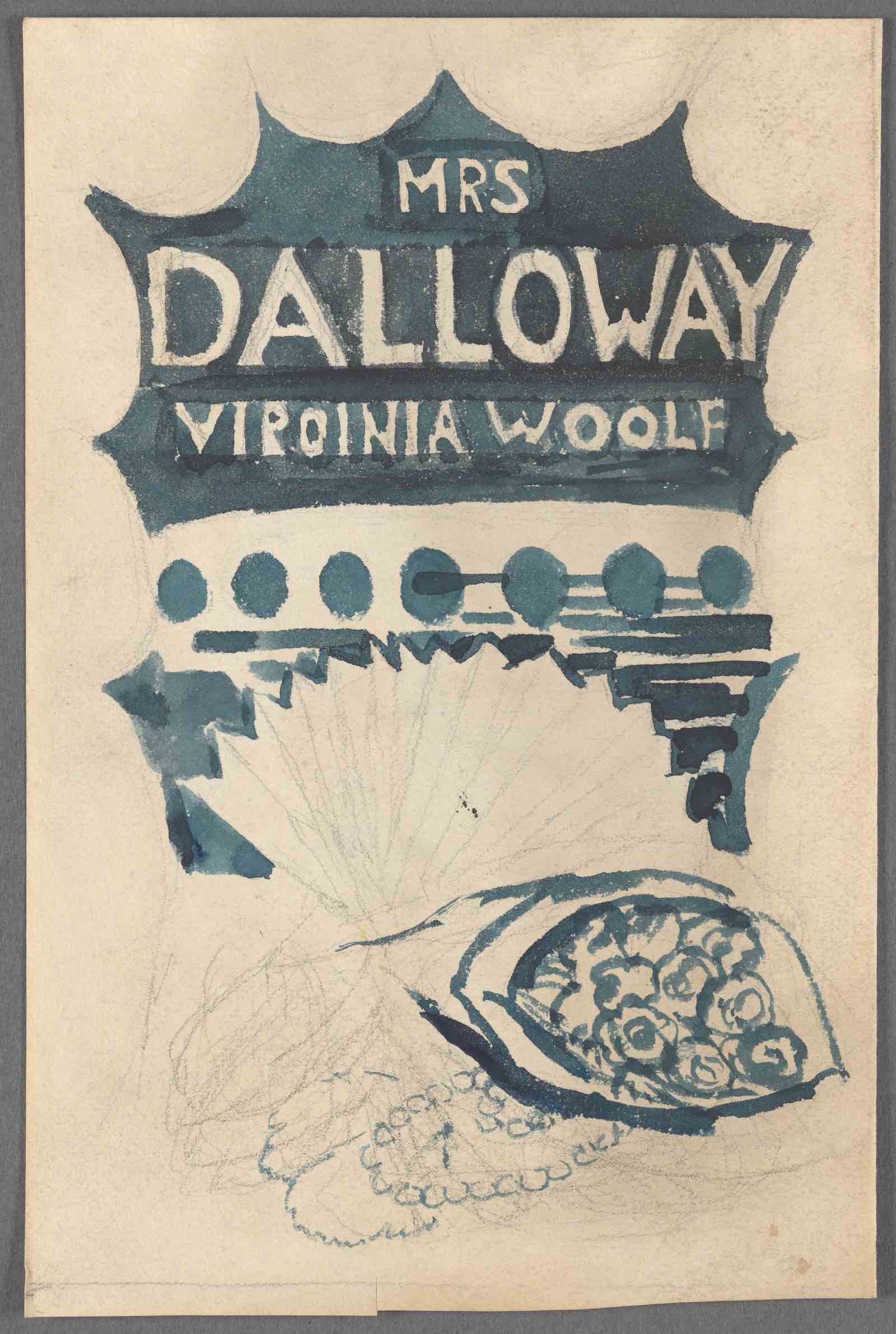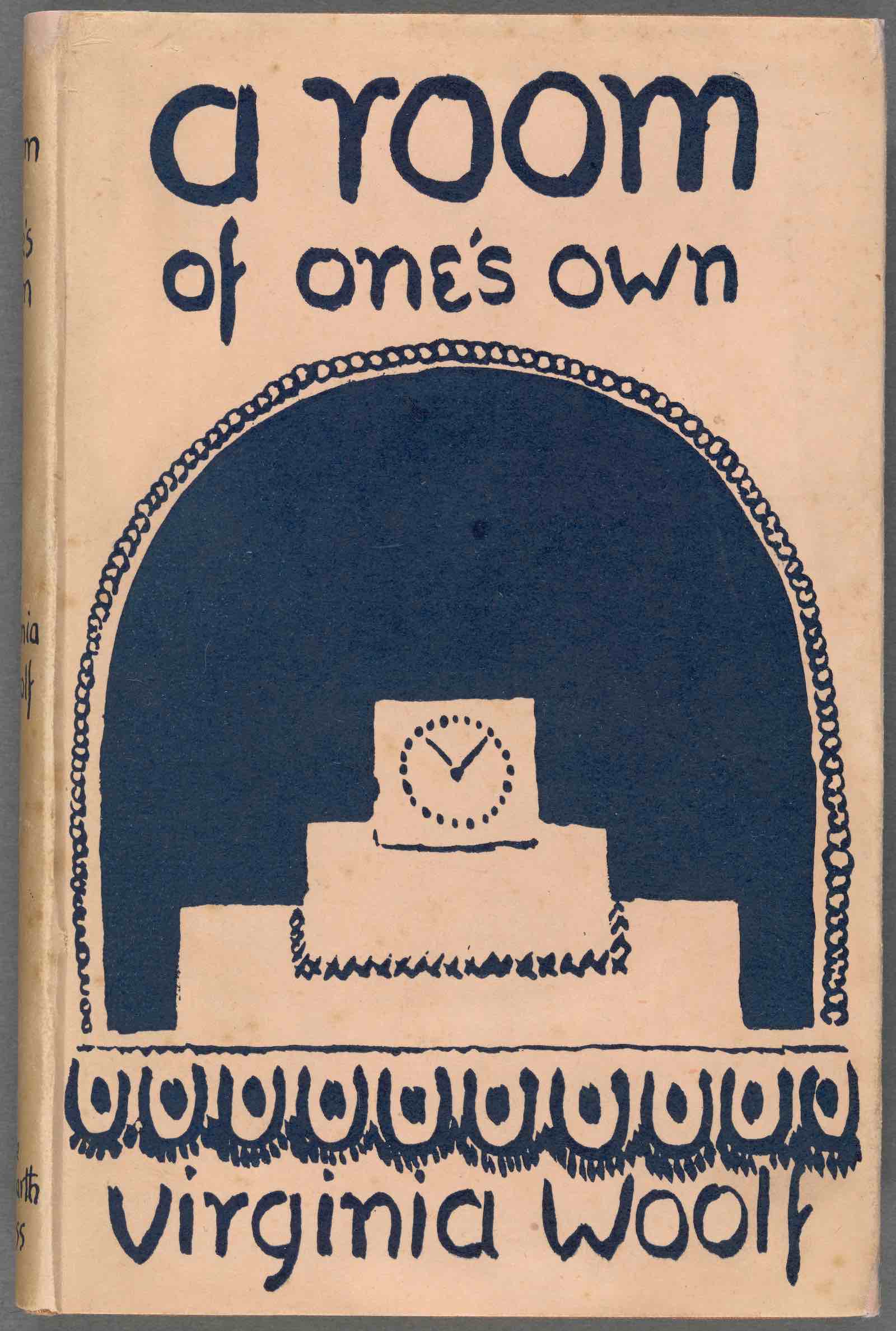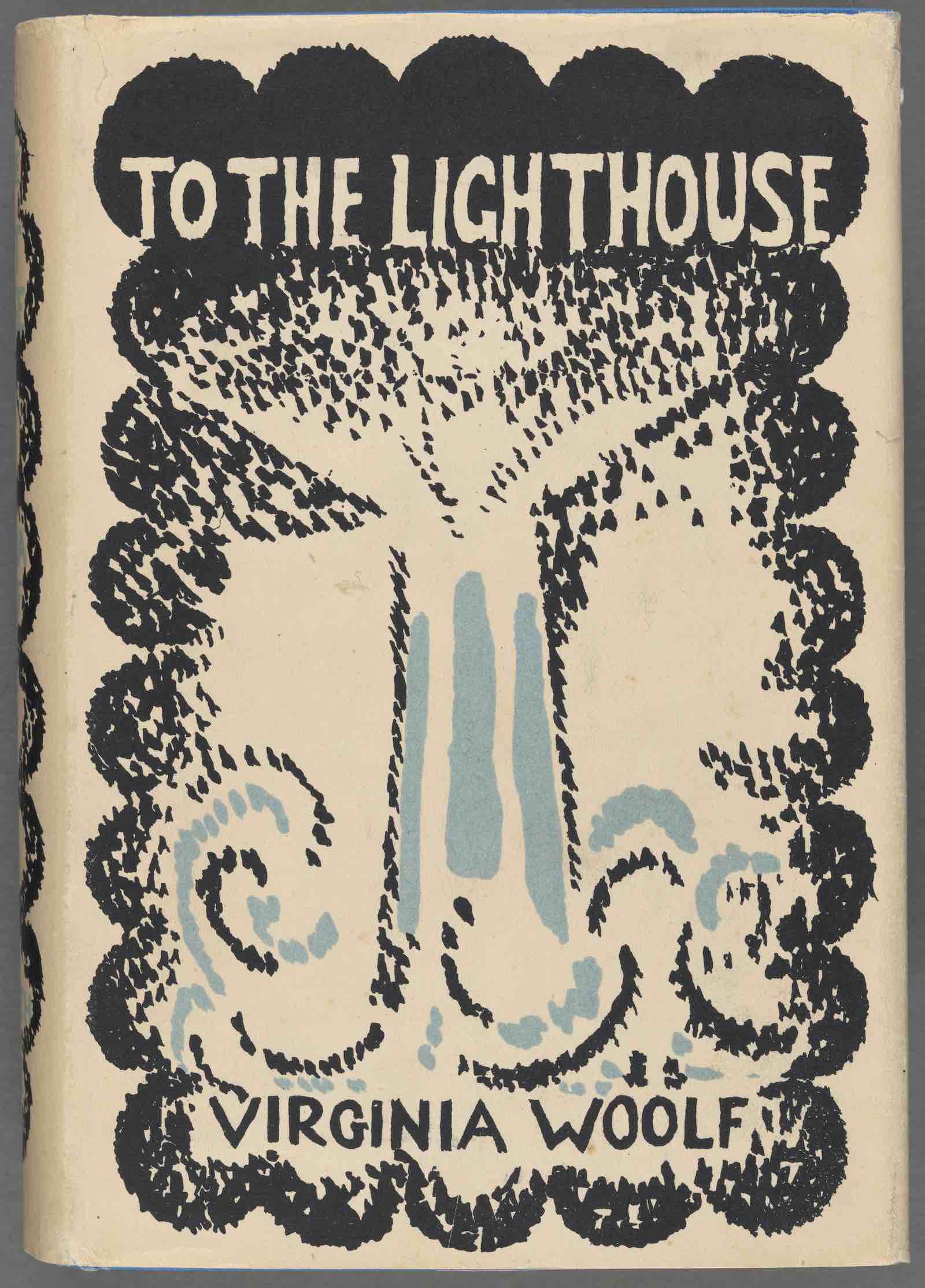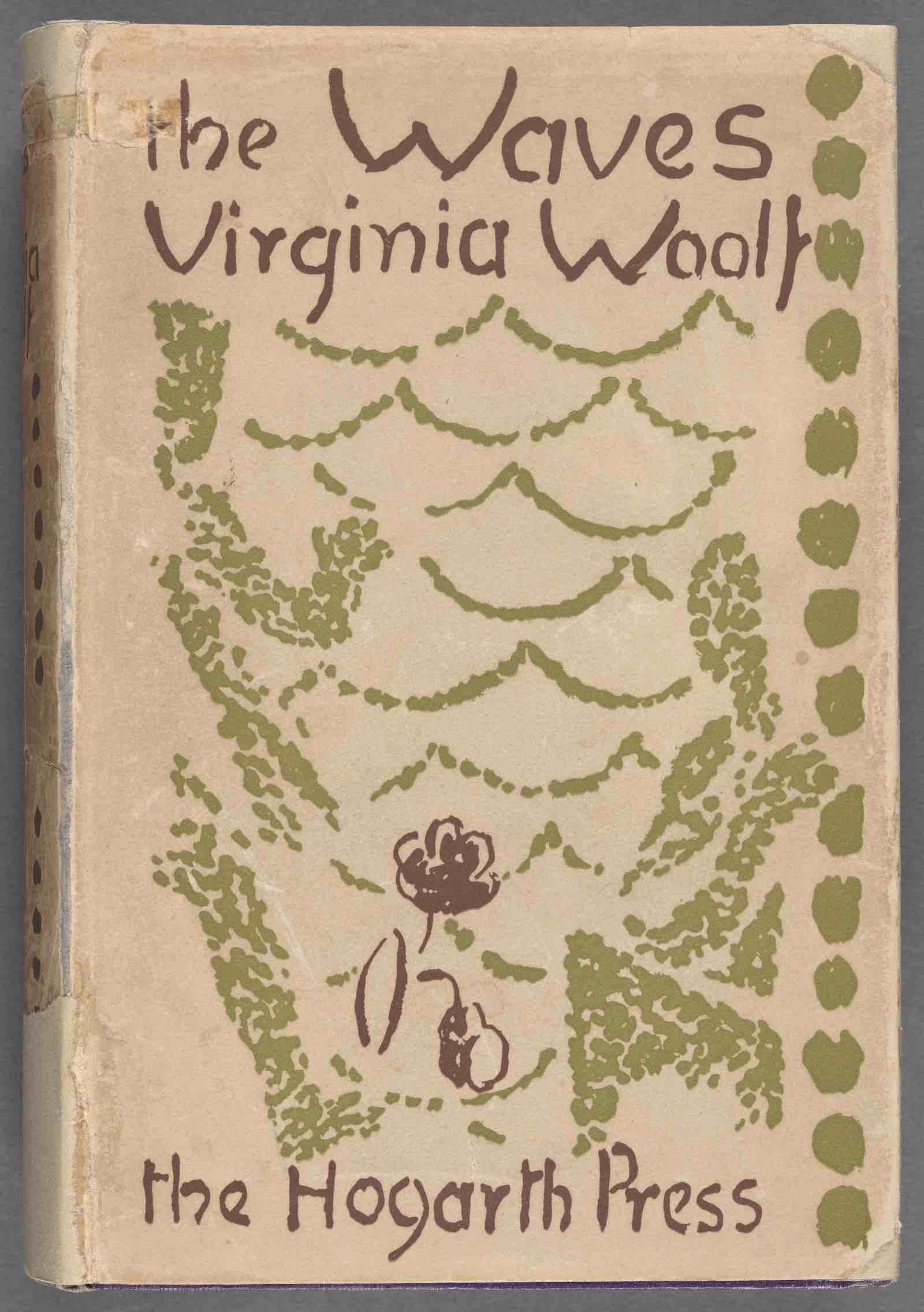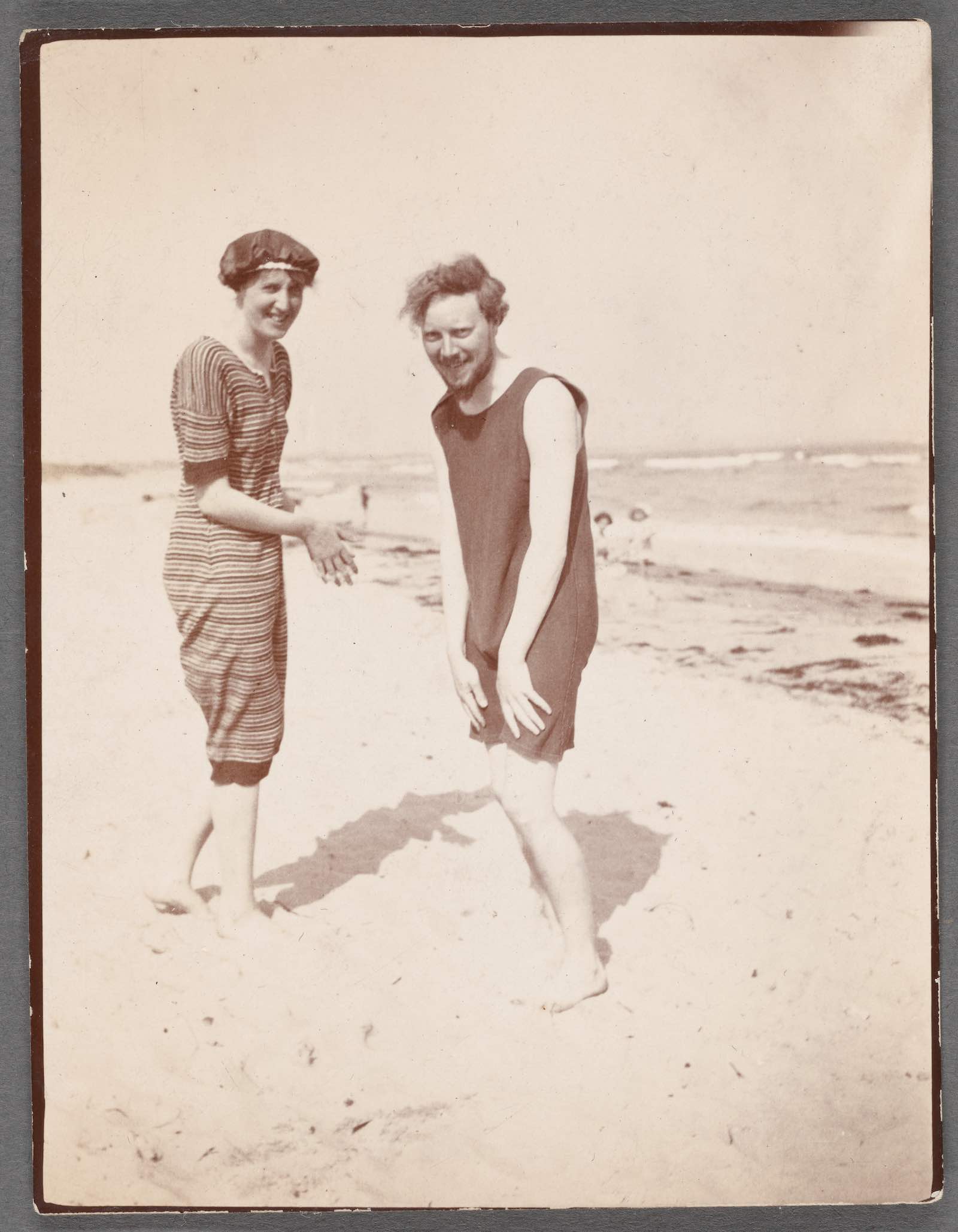Highlights of the exhibition include:
• Mementos from Woolf’s early years, including her 1897 diary and unpublished photos from her youth;
• Early drafts of Mrs. Dalloway (1925) and the final draft of To the Lighthouse (1927), written in large notebooks that Woolf bound or re-covered herself (as she did for many of the drafts of her major novels);
• Original dust jacket designs for Woolf’s books by her sister Vanessa Bell—their relationship offers an inside look at how Woolf’s creative process developed;
• Intimate letters and diaries documenting her relationship with Vita Sackville-West, who was the inspiration for Orlando (1928);
• Books that Virginia Woolf printed by hand for the Hogarth Press; and
• Virginia Woolf’s last diary entry, dated 1941.
The Library has one of the most significant collections of Virginia Woolf materials in the world. Housed in the Henry W. and Albert A. Berg Collection of English and American Literature, accessible at the Library’s Stephen A. Schwarzman Building on Fifth Avenue and 42nd Street, materials held by the Library include Virginia Woolf’s diaries and notebooks; draft material for all of her works of fiction; nearly 3,000 pieces of incoming and outgoing correspondence; photographs; books; legal documents; and her walking stick. The collection, which spans the years 1888 to 1941, numbers nearly 3,700 individual items and began with the acquisition of Woolf’s manuscripts in 1958, directly from her husband, Leonard Woolf. The Library has continued to add to the Woolf collection, most recently through the support of Susan Tane and through the extraordinary gift of the William Beekman Collection of Virginia Woolf and Her Circle, which includes unpublished letters and photographs and unique copies of Woolf’s books and original dust jacket art.
Adeline Virginia Woolf (1882–1941), née Stephen, was an English novelist, essayist, biographer, and feminist. She was central to the Bloomsbury Group, a coterie of British artists, writers, and intellectuals active in the first half of the twentieth century. In 1917, Woolf founded, with her husband, Leonard, the Hogarth Press and published several foundational works of modernism, including T.S. Eliot’s The Waste Land in 1923. She was a prolific writer, publishing eight novels, two collections of short stories, a biography, and several books of essays, in addition to other works. She wrote approximately 4,000 letters, and kept a diary for most of her life before dying by suicide in 1941.
“Virginia Woolf’s writings are central in the evolution and history of literary modernism, long one of the core collecting areas—and one of the most frequently accessed—of the Berg Collection at The New York Public Library,” said Declan Kiely, Director, Special Collections and Exhibitions. “Since acquiring Virginia Woolf’s manuscripts in 1958 from her husband, Leonard Woolf, the Library has remained true to what was most important to him: that the Virginia Woolf collection of papers be ‘kept together and made available to serious students.’ This material is available to all researchers regardless of institutional affiliation; all you need is a research project—and a library card.”
“Virginia Woolf: A Modern Mind gives intellectual and physical space in the form of an exhibition gallery—a room of one’s own, in other words—to Virginia Woolf, her feminist writings, her incisive literary criticism, and her development of modernist narrative techniques,” says Carolyn Vega, curator of the exhibition and the Henry W. and Albert A. Berg Collection of English and American Literature. “She called herself a ‘dabbler in dreams;’ she was also ambitious, insightful, and deeply committed to her work. This exhibition explores her life, writings, and the lasting impact she made on the modernist landscape.”
Patrons can also visit the Library’s free permanent exhibition, the Polonsky Exhibition of The New York Public Library's Treasures, to see further Woolf-related items, including Virginia Woolf's walking stick.

